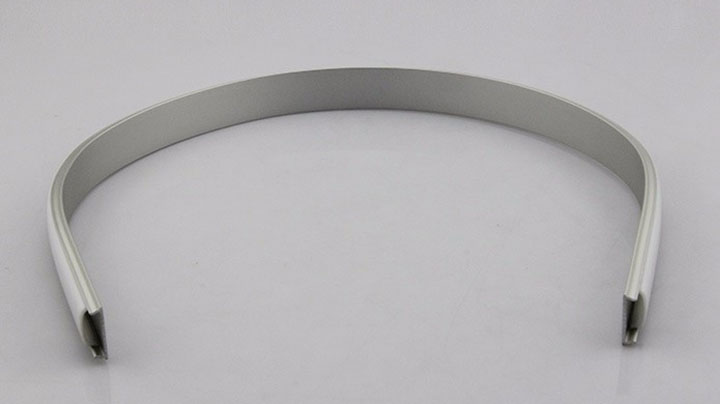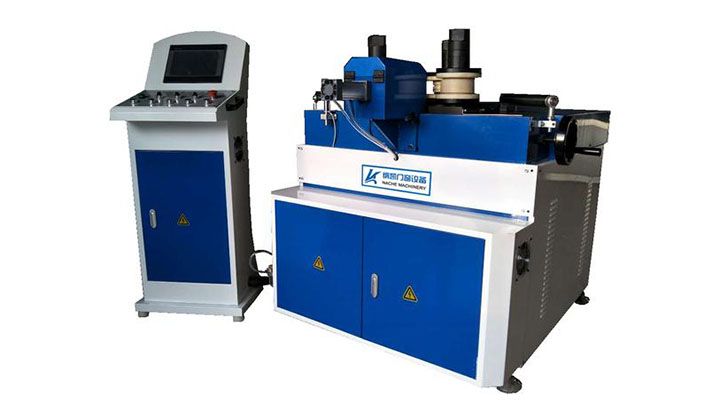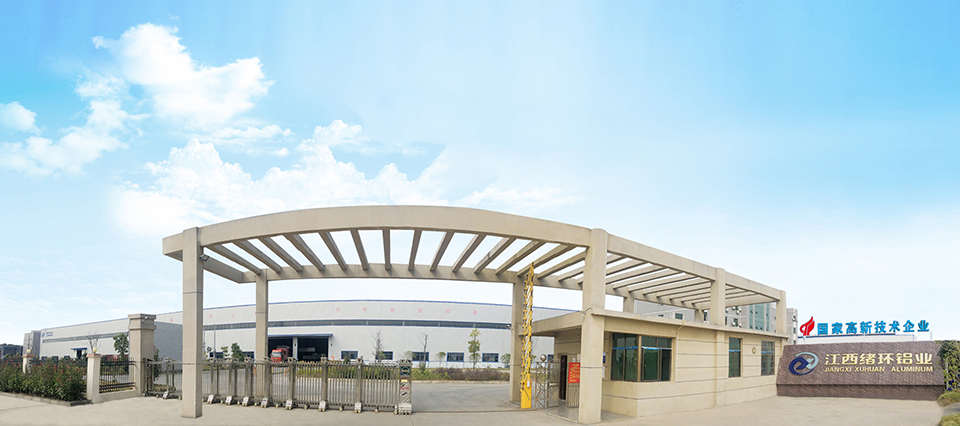How to Bend Aluminum Profile
Overview
Aluminum profiles, a common construction material, are widely utilized in various industries due to their lightweight nature, corrosion resistance, and ease of processing. In certain applications, it becomes necessary to bend aluminum profiles into circular shapes to meet specific design requirements. Here, we explore several common methods for bending aluminum profiles.

Mechanical Bending Method
Mechanical bending stands as a pinnacle method in shaping aluminum profiles, deploying cutting-edge specialized bending machines. This technique represents a marriage of precision and machinery, allowing meticulous craftsmanship in the creation of custom curves and angles. Let’s delve into the intricacies of this process to understand how it transforms raw aluminum profiles into precisely shaped components.

Equipment and Setup
The heart of mechanical bending lies in the utilization of advanced bending machines specifically designed for shaping aluminum profiles. These machines are equipped with precision tools and dies that facilitate controlled deformation of the material. The process typically begins with securing the aluminum profile within the machine, ensuring stability and accuracy throughout the bending operation.
Ideal Applications
Mechanical bending shines brightest when applied to larger diameter profiles. Its inherent strength lies in its ability to handle substantial dimensions with ease, offering the flexibility to craft sweeping curves and precise angles. This makes it a preferred method for projects where accuracy and consistency are paramount.
Precision Control
One of the defining features of mechanical bending is the unparalleled control it provides over bending radii and angles. Craftsmen can fine-tune the parameters with meticulous accuracy, ensuring that the final product adheres precisely to the design specifications. This level of precision is particularly crucial in industries where standardized and uniform components are essential.
While mechanical bending offers unparalleled precision, there are certain considerations that come into play. The primary caveat is the requirement for specialized equipment. Investing in and maintaining these advanced machines demands a financial commitment, contributing to higher overall costs for projects employing this method. Additionally, technical proficiency is essential to operate the machinery effectively and to troubleshoot any potential issues that may arise during the bending process.
You can find aluminium profile round bending machine suppliers on Alibaba or Made-In-China.
Thermal Bending Method
The thermal bending method introduces heat into the process, making it suitable for smaller diameter profiles. With careful control of heating temperature and duration, this method achieves smaller bending radii and angles. While effective, it demands specialized equipment and a keen eye to prevent deformation or damage during the heating and bending phases.
Manual Bending Method
For simplicity and versatility, the manual bending method is a hands-on approach employing basic hand tools. Suited for smaller diameter profiles, this method requires skill and experience to control force and angle accurately, ensuring that the aluminum profile maintains its integrity throughout the bending process.
Roll Bending Method
Roll bending, or pyramid rolling, utilizes three rolls in a pyramid configuration to gradually shape the aluminum profile. This method is excellent for achieving long, continuous curves, especially beneficial when a consistent radius is required along the entire length of the profile. It is particularly suitable for larger diameter profiles and offers high precision.
Induction Bending Method
Induction bending utilizes electromagnetic induction to heat specific sections of the aluminum profile, followed by bending with external force. This technique allows for precise control over the bending area, making it ideal for applications requiring specific curves and radii while maintaining the structural integrity of the aluminum.
Stretch Forming Method
Stretch forming involves clamping one end of the aluminum profile while applying force to the other end, causing the material to stretch and deform into the desired shape. Suited for both simple and complex curves, stretch forming provides precise control over the bending process and is commonly used for larger profiles where maintaining a consistent cross-section is crucial.
Rotary Draw Bending Method
Rotary draw bending is a versatile technique that employs a bending die and counter die to shape the aluminum profile. The profile is clamped and drawn around the die, resulting in precise bends. This method is suitable for small to medium-sized profiles, offering high accuracy and is often utilized for producing parts with multiple bends and tight tolerances.
Considerations for Bending Aluminum Profiles
Material Thickness: The thickness of the aluminum profile affects the force required and the selection of suitable equipment.
Bending Radii: Different bending methods have varying capabilities for achieving different radii.
Tooling: Proper tooling, including dies and mandrels, is crucial for achieving accurate and consistent bends.
Quality Control: Regular checks for profile distortion, cracks, or surface defects are essential during and after the bending process.
Aluminum Profile Supplier

HTS NEW MATERIALS is a professional aluminum extrusion profile manufacturer based in China. We specialize in various stages of aluminum profile production, from mold design and melting to extrusion, oxidation, electrophoresis, coating, and polishing, providing a comprehensive range of services.
Our product range encompasses aluminum profiles suitable for windows and doors (including thermal break section), industrial applications (T-slot, channel, tubing), and photovoltaic systems. Situated in Jiangxi, our spacious production facility covers 30,000 square meters and employs over 200 skilled professionals, enabling us to produce more than 10,000 metric tons of aluminum profiles annually.
At HTS NEW MATERIALS, we also offer various surface treatments, including anodizing, electrophoretic coating, powder coating, PVDF coating, and wood grain transfer printing, to enhance both functionality and appearance. Whether it’s for construction, industry, or renewable energy, our high-quality aluminum profiles are ready to meet your specific needs.
